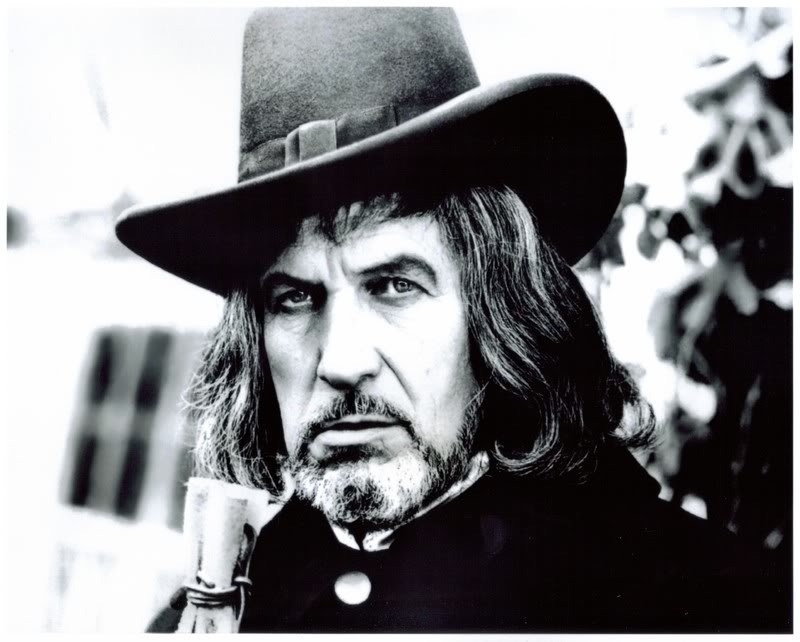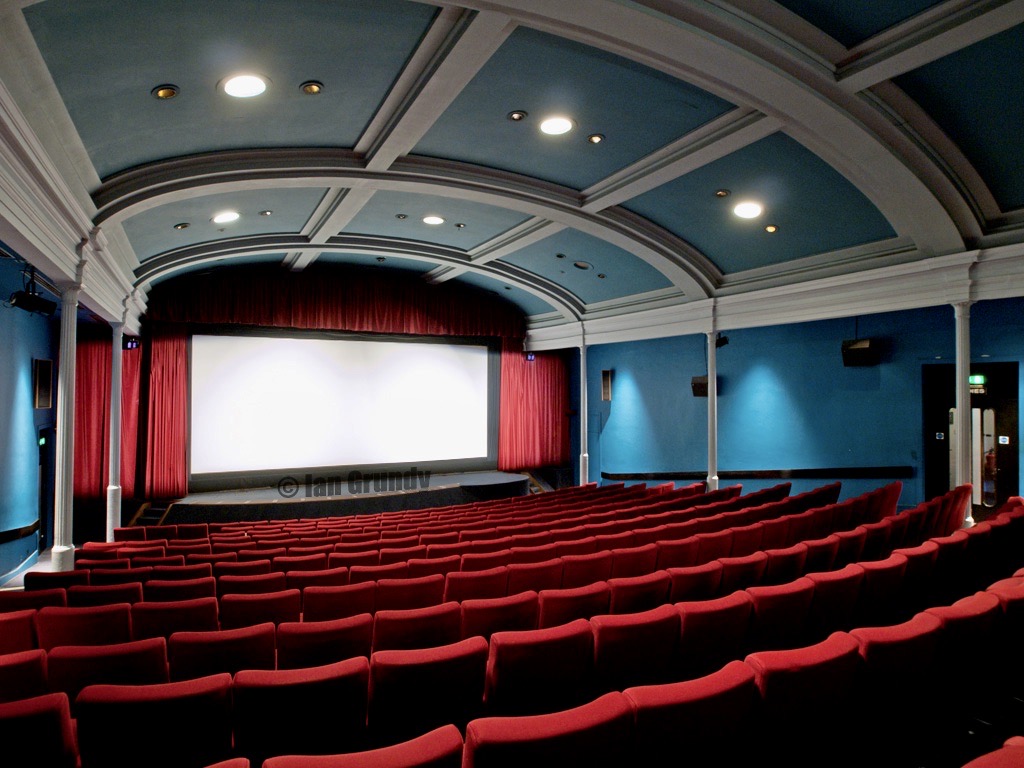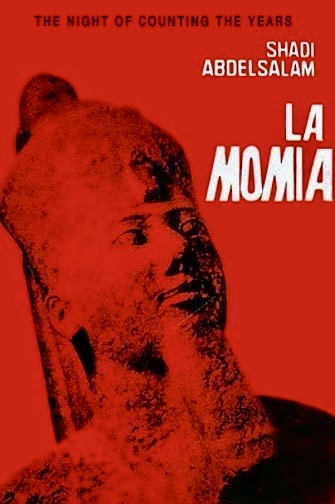
Vincent Price has always been associated with the horror genre even though he appeared in all kinds of other films during his career such as film noir (Laura), comedy (Champagne for Caesar), westerns (The Baron of Arizona), historical drama (The Private Lives of Elizabeth and Essex), science fiction (The Invisible Man Returns) and more. But his particular brand of villainy in horror films tend to be almost tongue-in-cheek with a macabre sense of humor and campy flourishes as in House on Haunted Hill (1959), The Tingler (1959), Diary of a Madman (1963) or Theater of Blood (1973), to name a few. His performance as infamous witch hunter Matthew Hopkins in The Conqueror Worm, however, was something else entirely – a genuinely chilling portrayal that was like nothing else he had ever done or would ever do again. Even today the intensity of his evil is the stuff of nightmares and he seems to be channeling the malevolent spirit of Hopkins in what is still a timely snapshot of political and religious persecution in the 17th century.
Continue reading








